It is noticed that the majority of young construction professionals just shrugs off the phrase “natural ventilation”, as in their collective head images of fans, recuperators, various inlet and check valves and other parts, with which any mechanical ventilation scheme is saturated. The problem is that relatively young, but rather experienced foremen have rarely come across this most natural ventilation of buildings as a model (most of them are self-taught).
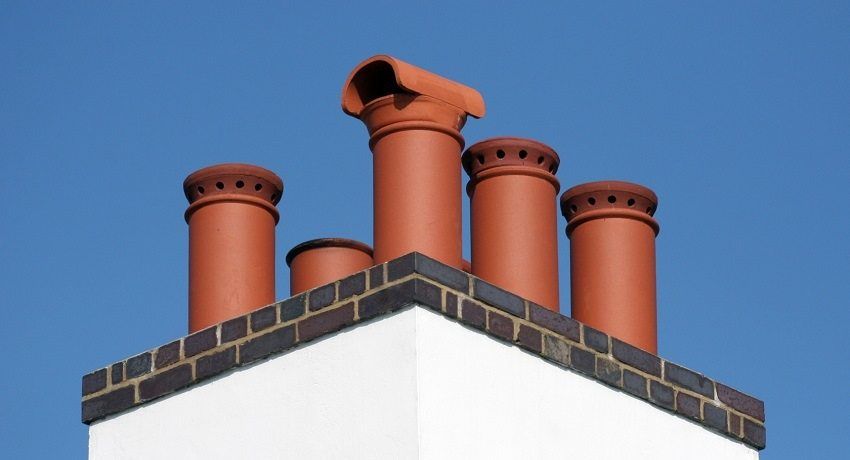
Advantages and disadvantages of natural ventilation
Both natural and artificial ventilation have both advantages and disadvantages. To understand why the installation of their own hands should prefer natural ventilation mechanical, it is necessary to consider in detail the principle of the device first.
Up to the 90s, the ventilation device in residential buildings was natural, but most didn’t catch it: with plastic window windows, all kinds of insulation and elements of a smart home, natural ventilation was pushed to the periphery, where it was built for decades.

Interesting! Natural ventilation is a ventilation system in which there is no forced motive force: a fan or other mechanical device. Air traction under this scheme arises due to the pressure drop, and the working principle of natural ventilation is based on the difference in temperature indicators in the building and on the street. The greater the difference, the better the air exchange in the rooms is ensured.
Wooden windows lightly penetrated, half-centimeter gap under the door provided a natural traction. Required 30 m3/ hour per day provided by themselves, so that they rather sought a way to reduce the drafts that inevitably arise with natural ventilation.

The advantages of properly organized natural ventilation are obvious: it does not require any special expenses, it works by itself and softens the temperature conditions in the room. There are also enough minuses: the old ventilation was provided with old technologies. Now, especially when trying to do everything with your own hands, you need to carefully calculate the air flow, otherwise you can fall into extremum: drafts or lack of oxygen will be provided.
It is believed that such work should do the master. But the cheapness of natural ventilation compared to artificial allows you to adjust it yourself. In case of an error, it will be much easier and cheaper to correct it.

By the principle of the device, natural ventilation is divided into two main types:
- Channelless natural ventilation.
- Channel natural ventilation.
Ventilation of the premises, carried out manually, refers to the ductless ventilation: fresh air enters through open windows or windows in rooms and in the kitchen, and removal of exhausted air masses through exhaust grids in the kitchen and in the bathrooms.

Important! It is possible to make the calculation of natural ventilation only when the system is implemented by the channel method.
To install duct-type natural ventilation, it is necessary to make a duct system in the walls and ceilings. Calculation of the scheme and its installation is quite possible with their own hands.

If you want to make a ventilation system in the house with your own hands, you need to do a simple calculation of natural ventilation. Knowledge of SNiPs is not required – just the basics of arithmetic and a few basic constants.
Helpful advice! The intensity of air exchange is regulated by five SNiPs, common to the entire Russian territory, and a sufficient number of regional standards. But to calculate the natural ventilation traction in a private building, you can do without them.
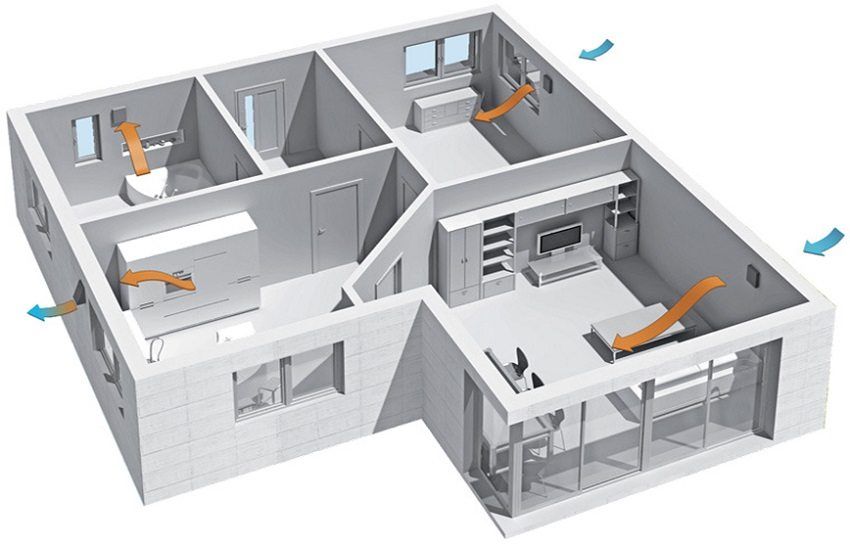
You need to know that the flow rate of 30 m is considered the norm.3/ hour per person, plus another 30 “just like that” for the kitchen. Therefore, it makes no sense to think about the area and layout of the building, if it is a private house. Depending on the latitude, the standard draft can be taken as equal to 20 m.3/ hour for north to 40 m3/ hour in the south. In the north, the air is much denser and colder, therefore, it is undesirable to overload the heating with intensive air exchange. In the south, air density is lower, and a person’s metabolism is faster. All doors should have a gap below 1 to 2 cm, respectively.
Conventionally, all the rooms are divided into “dirty” – this is the kitchen and bathroom in the first place, then utility rooms, pantries, warmed basements and capital attics. “Clean” is all living quarters.

If you discuss the issue of how to make natural ventilation quite briefly, the principles are very simple. From the dirty rooms the air is removed using the hood. In the same clean equip flow, but in any case do not install the hood: it only provides a draft and a large loss of heat in the cold season. The air must pass through all the rooms in the building with a common flow (or several “parallel”).
If any work is often done in the garage, then both inflow and extractor are needed. And do not forget about the “trunk” for the exhaust pipe with access to the street.
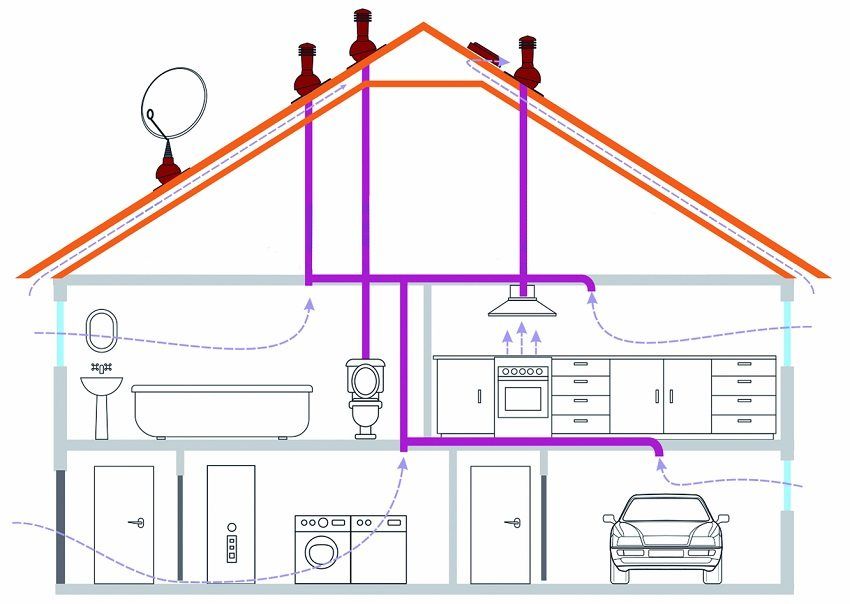
Exhaust natural ventilation in the kitchen and bathroom should be more powerful due to odors, moreover, these rooms are always located as far as possible from residential. That is, in any case, at least it is necessary to equip vertical channels for the kitchen, for the bathroom, and the higher they are, the better. In 99% of cases, typical layouts of private houses are already run in according to the most convenient scheme: all the channels of each room are combined into one common shaft, located in the middle of the building. This will not only reduce the loss of available space, but also the mine will exit at the highest point of the roof, and the height will ensure the quality of the traction. An additional plus: you will not need to do too high pipes on the roof – this will facilitate their maintenance.
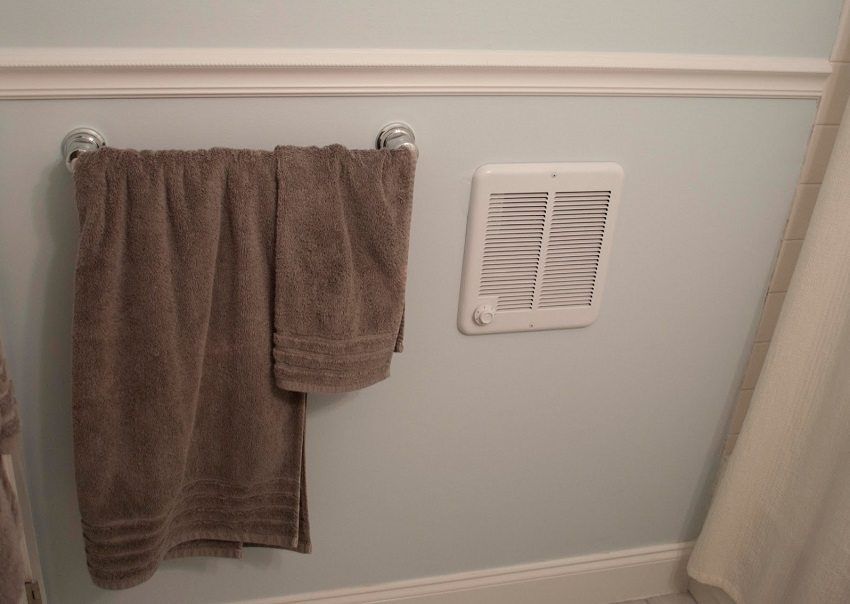
If the house is brick, then there is an even more logical and cheaper option: the mine itself is the channel / channels. And if the house is frame, wooden, or it is simply reconstructed (that is, a brick shaft in the middle of a building cannot be made without complete “smashing”), then PVC plastic or sewer pipes are usually used. There is no difference, since the temperature regime of the pipes will be almost natural.
The shaft-pipe brought to the roof of the building must be sheathed with insulation. This will prevent the pipe from collapsing due to temperature fluctuations – the kitchen hood will in any case have a significant difference with the external atmosphere, and the inner surface of the shaft will expand. At the same time it will significantly reduce the amount of condensate. From above the pipe it is necessary to make a cap to protect it from snow and rain.
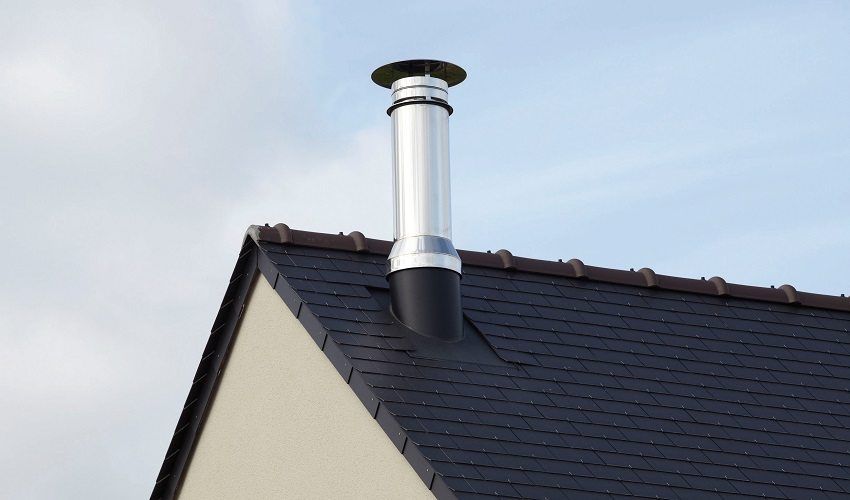
If the house is low or in southern latitudes, then the thrust may be insufficient. Under different weather conditions, a reverse thrust effect can occur, then the presence of a real fireplace or even a water heater with its built-in tap can lead to unpleasant consequences. In this case, the fans are installed at the outlets of the channels, which will be turned on when using the hood in the kitchen, water heater or fireplace.
It is required to install only inlet valves in residential premises, and even then not always. The air must go from the inlet valve of natural ventilation to the door, but not circulate inside the room – the hood cannot be installed, as it will provide a constant but imperceptible draft.
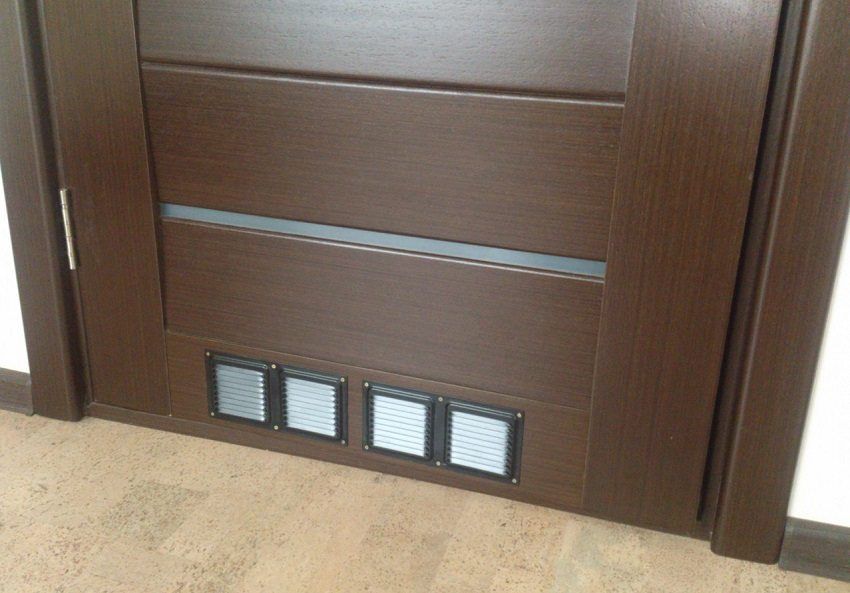
First of all, you need to pay attention to the windows and vents – this is the main natural air flow. Classic wooden windows and with closed vents pass from half to the norm of the volume of air each. But modern frames are impregnated with fire-fighting compound and repeatedly coated or even kept in varnish. The modern composition of rubber and tin upholstery under glass transform such windows into almost plastic glass – full temperature and sound insulation. It remains to use the vents.
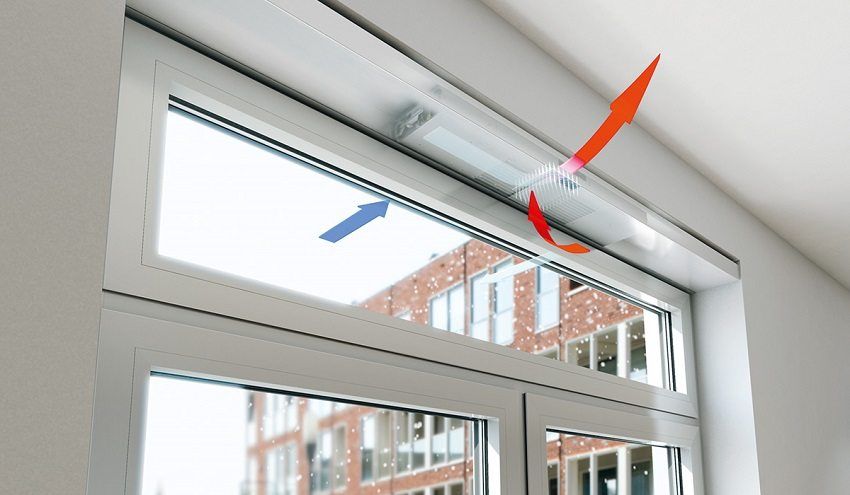
But the vents give too much heat loss and are too discretely regulated with a serrated pinhole. Therefore, there are frames into which ventilators are inserted, allowing air to pass through the system of microchannels, almost like in a recuperator, which gives a constant air flow with a temperature increase of 20 ° C.
However, if you want a more accurate (10-20 times) control of the incoming air flow, you can install valves for the inlet flow under the ceiling in the outer wall. In the old models, they are provided with a lid with a vigner, and in the new ones, the already familiar curtain blinds are used. Their convenience is that, unlike the vents, on each of the valves you can once set the required minimum clearance, after which the vent is required only on a particularly hot day.
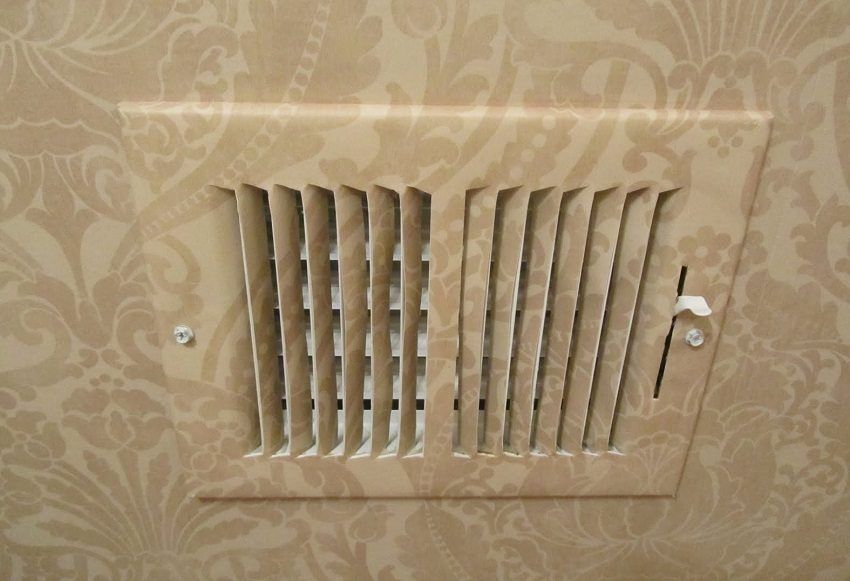
The garage is characterized by an abundance of too strong odors, if it is used regularly. In theory, it would be good to equip it with a forced exhaust, but if the temperature inside is completely unimportant, then it is quite possible to establish a natural one.

